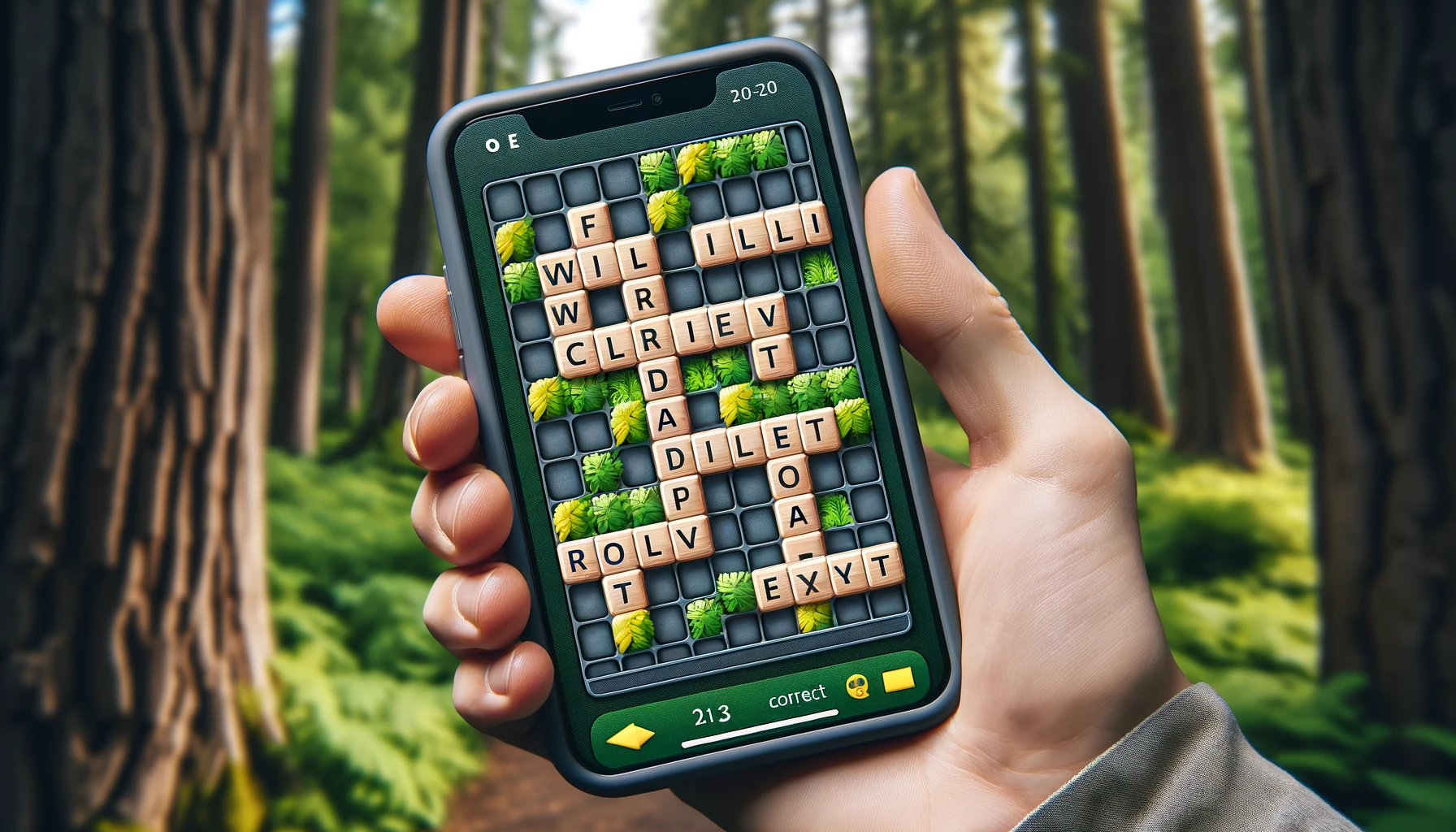Enhancing your Wordle gameplay results from a blend of strategic initial guesses, a keen understanding of the English language, and refined guessing tactics. Players begin with a wide array of letter combinations and, through a process of elimination, whittle down possibilities until the correct answer reveals itself—often with a sense of accomplishment. Adapting one’s approach each day to the nuances of the game can mean the difference between an unbroken streak and a frustrating series of grey squares.
Wordle, a puzzle that has captured the attention of word enthusiasts, has evolved significantly since its inception. It began as a private entertainment for a couple and exploded into a global phenomenon. The game’s triumphant march through social media platforms and word-of-mouth recommendations illustrates the magnetic appeal of language-based puzzles. With each new day, the challenge resets, presenting a fresh opportunity for players to apply previous insights to overcome the day’s enigmatic five-letter word.
What Do Past Wordles Teach Us?
Analyzing historical Wordle answers offers a treasure trove of clues for constructing effective starting guesses. These past solutions not only inform players about commonly used letter combinations but also set a precedent that the same word is unlikely to be used twice. This knowledge is invaluable in the never-ending quest for daily Wordle conquests, as each prior puzzle builds a repository of strategies and letter arrangements to keep the game invigorating.
Is Today’s Challenge Unique?
Today’s Wordle might present as a formidable adversary initially, with rows of grey tiles indicating incorrect guesses. However, perseverance and the methodical application of logic eventually lead to the identification of the correct word. With no time constraints, the game resembles a leisurely crossword puzzle, allowing players to step back and return with renewed perspectives should they encounter difficulty. The revelation of today’s answer—WHINY—comes as a culmination of systematic deduction.
How to Approach Wordle Efficiently?
The research article “The Science of Word Recognition,” published in the Journal of Cognitive Science, delves into the cognitive processes behind letter and word recognition. This study’s insights into common letter patterns and recognition speed can be directly applied to Wordle, guiding players towards choosing statistically favorable starting words and improving their overall guessing efficiency. Understanding these cognitive principles can enhance one’s daily Wordle strategy.
Helpful Points
– Consider starting with words rich in vowels and common consonants.
– Apply insights from past puzzles to avoid repeating letter combinations.
– Remember that Wordle answers will not repeat; use this to eliminate choices.
– Take breaks if needed to gain a fresh perspective on the puzzle.
– Pay attention to patterns of which letters commonly appear together.
Wordle’s daily challenge is not just about finding a word; it’s a mental exercise in pattern recognition, strategic thinking, and language skills. By employing strategic initial guesses, studying past Wordle words for common patterns, and incorporating cognitive insights into the recognition of letter patterns, players can enhance their gameplay. Today’s puzzle, with its answer WHINY, exemplifies the satisfaction of uncovering patterns amidst seemingly random letters. For those seeking to maintain winning streaks or simply enjoy a cerebral start to their day, Wordle offers an entertaining test of wits and an opportunity for continual learning and improvement. As the game continues to evolve and intrigue, its blend of simplicity and mental stimulation promises to keep word aficionados engaged for the foreseeable future.










